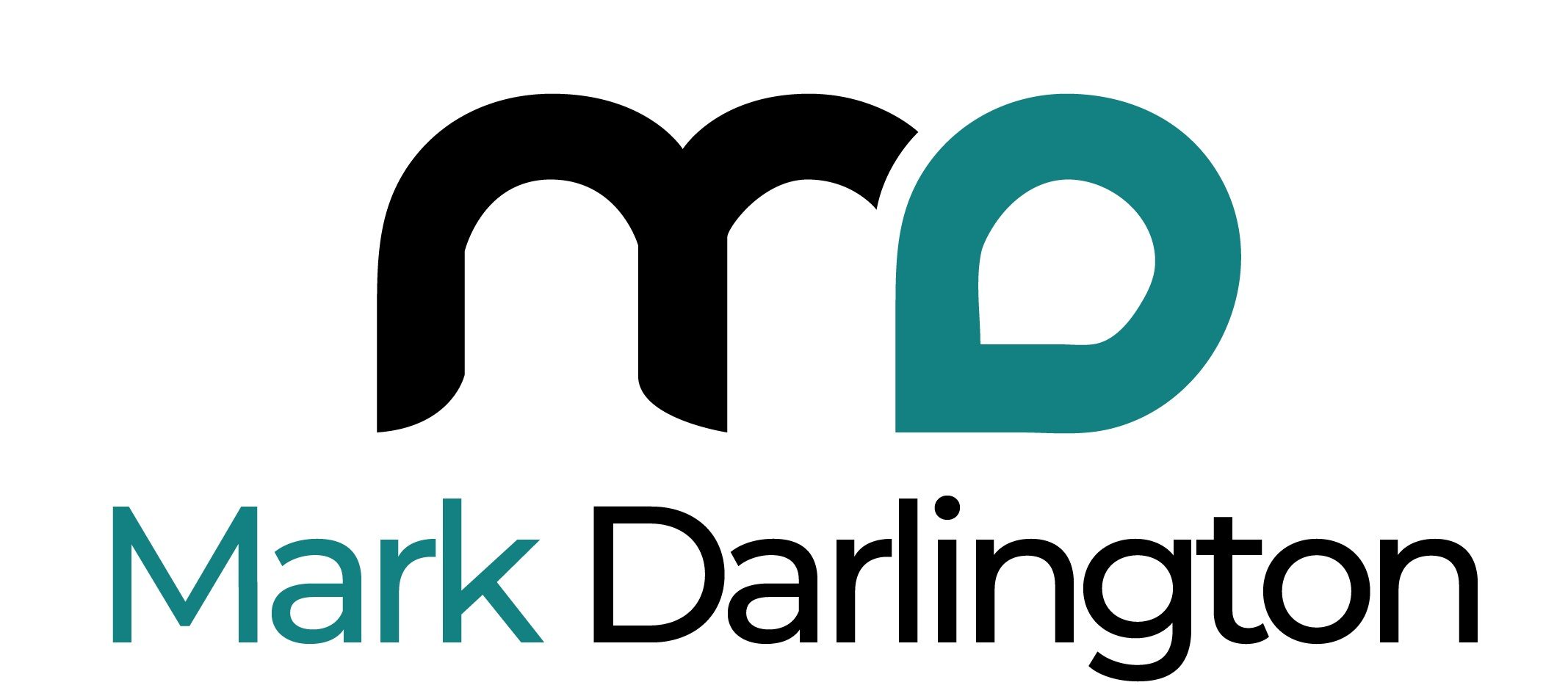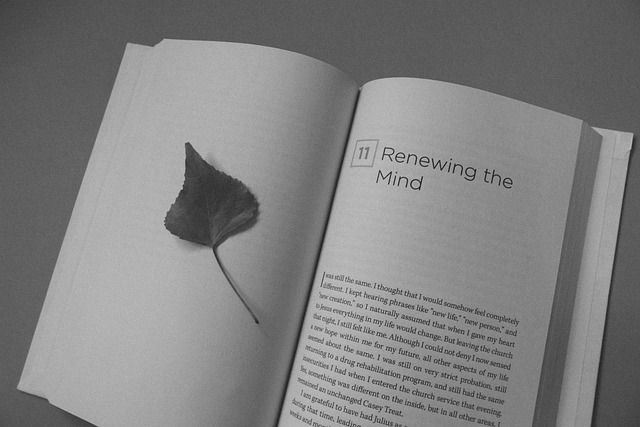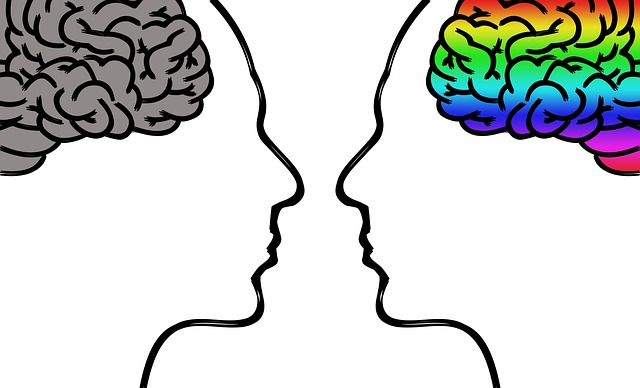
Mindfulness and Productivity: How Being Present Can Improve Your Work
Mindfulness and Productivity: How Being Present Can Improve Your Work
Table of Contents
- Introduction
- The Science Behind Mindfulness
- The Impact of Mindfulness on Productivity
- Practical Ways to Incorporate Mindfulness into Your Workday
- Mindfulness Techniques for Improved Productivity
- Overcoming Challenges in Practising Mindfulness
- Conclusion
Introduction
Did you know that 47% of our waking hours are spent thinking about something other than what we’re doing? Shocking, right? But what if I told you there’s a way to reclaim those lost hours? Picture this: you’re at work, your mind is wandering to your weekend plans, and suddenly, you remember this article. You take a deep breath, bring your focus back to the task at hand, and voila! You’re back in the zone. That, my friend, is the power of mindfulness.
You may be asking, “Why should I listen to this person about mindfulness and productivity?” That’s a fair question. As a Personal Development Coach, I’ve been fortunate enough to spend many years learning, practising, and teaching mindfulness techniques. I’m still on this journey, just like you, but I’ve gathered some insights along the way about the power of being present that I’m eager to share with you.
In this article, we’re going to dive deep into the world of mindfulness. We’ll explore the science behind it, how it impacts productivity, and practical ways to incorporate it into your workday. We’ll also address common challenges and provide tangible exercises for you to try. It’s going to be a fun and enlightening journey, so buckle up!
If you choose to skip this article, you’ll miss out on a treasure trove of insights and techniques that could transform your workday. But if you stick around, you’ll gain a powerful tool to boost your productivity and overall well-being. So, are you ready to unlock the power of mindfulness and supercharge your productivity? Let’s dive in!
II. The Science Behind Mindfulness
A. Mindfulness and the Brain
You know how people say, “Mindfulness is good for you”? Well, it’s not just a feel-good phrase. There’s actual science behind it. When we practice mindfulness, it’s like we’re taking our brain to the gym for a workout. We’re training it to pay attention and stay in the moment.
Scientists have found that mindfulness can actually change the way our brain is built. It’s like building muscle, but in your brain! These changes happen in parts of the brain that help us remember things, focus on tasks, and handle our emotions better.
B. Research on Mindfulness and Productivity
There’s a lot of research out there that shows mindfulness can help us be more productive. In one study, people who did a mindfulness program for eight weeks said they could focus better and felt less stressed. That’s the magic of being in the moment!
So, what does this mean for us? Well, imagine being able to focus on your work without getting distracted. Or being able to stay calm even when things get a bit chaotic. That’s what mindfulness can do for us. It’s like having a superpower that helps us be our best at work and in life. Now, isn’t that something worth trying?
III. The Impact of Mindfulness on Productivity
A. Mindfulness Improves Focus
You know those moments when you’re trying to work, but you keep getting distracted by your phone? We’ve all been there. It’s like our mind is a wandering puppy, constantly running off to explore. But mindfulness can help us rein in that puppy and keep it focused on the task at hand. It’s like a mental spotlight, highlighting what’s important and pushing distractions into the shadows.
When we’re mindful, we’re fully engaged in what we’re doing. We’re not thinking about our weekend plans or what we’re going to have for dinner. We’re here, in the moment, fully immersed in our work. And when we’re fully focused, we can get things done more efficiently and effectively.
B. Mindfulness Reduces Stress
Let’s face it, work can be stressful. Deadlines are looming, meetings are back-to-back, and emails keep pouring in. It can feel like we’re caught in a storm. But mindfulness can be our anchor in this storm. It helps us stay grounded amidst the chaos.
When we practice mindfulness, we learn to observe our stress and anxiety without getting swept away by them. We acknowledge our feelings, but we don’t let them control us. We learn to navigate our workday with a sense of calm and ease, which can make a world of difference to our stress levels and overall well-being.
C. Real-life Examples
I once worked with a client who was always on edge. She was juggling multiple projects at once and felt like she was constantly trying to catch up. It was like she was running on a treadmill that was going too fast. But when she started incorporating mindfulness into her daily routine, things started to change.
She learned to take a step back, to breathe, and to focus on one task at a time. She stopped feeling overwhelmed and started feeling more in control. And the best part? Her productivity went through the roof! It just goes to show the transformative power of mindfulness.
IV. Practical Ways to Incorporate Mindfulness into Your Workday
A. Start Your Day Mindfully
The way we kick off our day can really set the stage for what’s to come. So, why not start it with a dose of mindfulness? It doesn’t have to be anything complicated. Maybe it’s taking a few moments to really enjoy your morning coffee, noticing the aroma, the warmth of the cup in your hands, the taste. Or perhaps it’s doing a quick meditation before you dive into your emails.
These few minutes of mindfulness can help you start your day on a positive note. It’s like giving your brain a warm-up before the marathon of the day begins. Trust me, it can make a world of difference to how you navigate the rest of your day!
B. Take Mindful Breaks
We all know breaks are important to keep our productivity levels up. But what if we could supercharge those breaks with a bit of mindfulness? Instead of mindlessly scrolling through social media or news sites, try a few minutes of deep breathing or a quick mindful walk.
Pay attention to your breath, or notice the feel of the ground under your feet as you walk. It’s like hitting the reset button on your brain, giving it a chance to rest and recharge. You’ll likely come back to your work feeling refreshed and more focused.
C. Wind Down Mindfully
Just as it’s important to start your day mindfully, it’s equally important to end it that way. Create a mindful end-of-day routine to help signal to your brain that it’s time to switch off from work mode.
Maybe it’s taking a few moments to reflect on what you achieved during the day, or expressing gratitude for the good things that happened. Or perhaps it’s doing a quick body scan meditation, checking in with each part of your body and releasing any tension.
This mindful wind-down can help you transition from work to rest, ensuring that you’re not taking the stress of the day into your evening. It’s a great way to wrap up your day and set yourself up for a good night’s sleep.
V. Mindfulness Techniques for Improved Productivity
A. Breathing Exercises
Breathing exercises are a simple yet powerful way to bring your attention back to the present moment. Here’s a quick one you can try: take a deep breath in, counting to four as you do so. Hold your breath for another count of four, then slowly exhale for four counts. Repeat this a few times and notice how you feel.
This technique, often called box breathing, can help calm your mind and body, making it easier to focus. It’s like giving your mind a mini vacation, a brief respite from the hustle and bustle of the workday. Plus, you can do it anywhere, anytime – whether you’re about to start a big project or are feeling overwhelmed by a flurry of emails.
B. Mindful Meditation
Meditation might seem a bit daunting if you’ve never tried it before, but it doesn’t have to be. You can start with just a few minutes a day. There are plenty of guided meditations available online that can help you get started.
Meditation is all about training your brain to focus and stay in the present moment. It’s like a workout for your mind, strengthening your ability to concentrate and resist distractions. Over time, you might find that you’re able to handle stress better and stay more focused on your work, boosting your productivity.
C. Mindful Movement
Have you ever tried mindful movement or yoga? It’s a fantastic way to connect with your body and stay present. As you move and stretch, you focus on how your body feels and how it moves, pushing all other thoughts aside.
Plus, mindful movement can help shake off any physical tension you might be holding. If you’re sitting at a desk all day, chances are you might be holding tension in your neck, shoulders, or back. A bit of mindful movement can help release that tension, leaving you feeling more relaxed and focused. It’s a win-win for your mind and body!
VI. Overcoming Challenges in Practising Mindfulness
A. Addressing Misconceptions
There’s a common misconception that mindfulness is about emptying your mind, like you’re trying to clear out a cluttered room. But that’s not quite right. Mindfulness isn’t about getting rid of thoughts; it’s about learning to be aware of them without getting swept away.
Think of it like sitting by a river and watching the water flow by. The water is your stream of thoughts. You’re not trying to stop the water or change its course; you’re just observing it, noticing its flow. This shift in perspective can help you manage your thoughts better, rather than being controlled by them.
B. Dealing with Distractions
Let’s face it, distractions are a part of life. Whether it’s a buzzing phone, a chatty coworker, or just our own wandering thoughts, distractions are everywhere. But mindfulness can help us handle these distractions better.
The key is to notice when you’re distracted and gently bring your attention back to the present. It’s not about never getting distracted or being perfect; it’s about practising and getting better over time. Each time you notice a distraction and bring your focus back, you’re strengthening your mindfulness muscle.
C. Fitting Mindfulness into a Busy Schedule
If you’re thinking, “I’m too busy for mindfulness,” think again! Mindfulness doesn’t have to be a time-consuming activity. Even a few minutes a day can make a difference.
The beauty of mindfulness is that it can be incorporated into activities you’re already doing. Maybe it’s paying attention to the sensation of the water on your skin while showering, or truly savouring your food during meals. These are all opportunities to practise mindfulness. So, no matter how busy you are, you can always find time for mindfulness.
VII. Conclusion
Mindfulness and productivity go hand in hand. By training our brain to be present, we can navigate our workday with more focus, less stress, and increased productivity. So why not give it a try? Start small and see how it goes. Remember, it’s not about being perfect; it’s about practising. And who knows? You might just find that mindfulness is your new superpower.
So, are you ready to embrace mindfulness and supercharge your productivity? I can’t wait to hear about your journey. Share your experiences and thoughts in the comments below. Let’s start this mindfulness journey together!







Facebook Comments